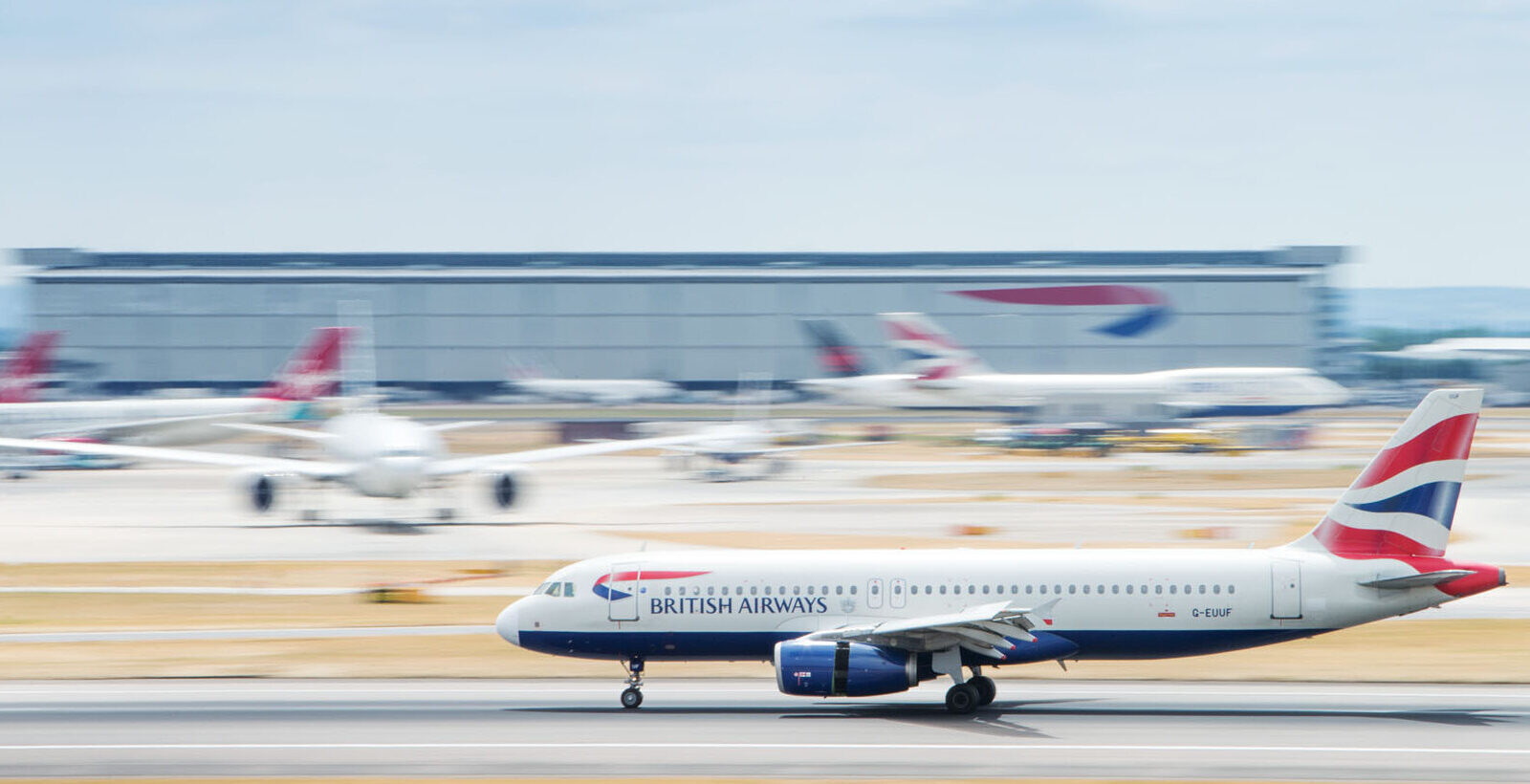Airports Council International (ACI) World has published the 2025 Edition of its World Airport Traffic Dataset, which confirms the world’s busiest airports throughout 2024 across three categories: passenger traffic, air cargo volumes and aircraft movements.
The dataset, which has been built from more than 2,800 airports across over 185 countries and territories, provides a picture of global air transport demand and activity over the course of the last year.

Presented data shows that global passenger traffic rose to new heights in 2024, extending beyond 9.4 billion travellers in an 8.4% increase from 2023 and 2.7% above pre-pandemic levels (2019).
The top 20 airports processed 1.54 billion passengers – 16% of all global traffic.
Notable ranking shifts include Shanghai Pudong’s (PVG) climb by 11 positions to become rank 10th globally, Guangzhou Baiyun (CAN) holding 12th place after increasing from 57th place in 2022 and the United States’ contribution of six airports within the top 20.

Where cargo traffic is concerned; air cargo rebounded with nearly 127 million metric tonnes transported in 2024 – an increase of 9.9% year-on-year and 4.1% higher than levels from 2019.
The top 20 cargo hubs moved a total of 52.2 million tonnes, a 9% increase from 2023 and a 10.8% increase above pre-pandemic levels.
Key growth drivers included maritime route volatility, e-commerce acceleration and falling jet fuel costs.

Finally, aircraft movements topped 100.6 million globally throughout 2024, an increase of 3.9% year-on-year, reaching 96.8% of levels found in 2019.
The top 20 airports saw 11.08 million movements, an increase of 5.4% year-on-year, with Shanghai Pudong (PVG) once again showing strong momentum, moving 10 places to become the 8th busiest airport from a movement perspective.

ACI World Director General, Justin Erbacci, said:These rankings reflect the scale of global aviation and the resilience of the industry that continues to grow, despite the complex global environment. In these times of constant change and uncertainty, reliable data like this is necessary to help airports navigate through the increasing headwinds. Our mission is to empower airports with data and intelligence like this report – as well with the tools, support and advocacy they need to thrive in this dynamic environment.









